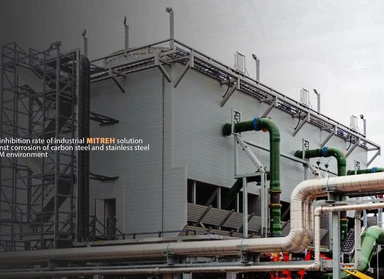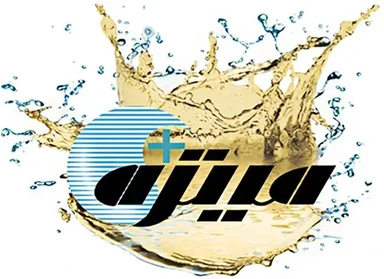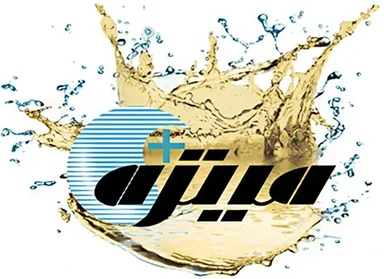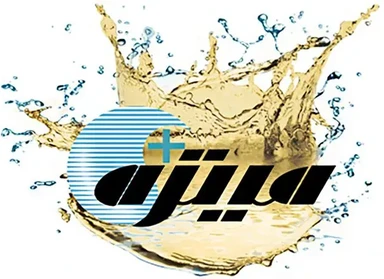Reduce corrosion rate

The inhibition rate of industrial mitreh solution against corrosion of carbon steel and stainless steel in DM environment
The aim of this study was to determine the effectiveness of industrial mitreh solution in reducing the corrosion rate of commonly used metals exposed to industrial water environments. The results showed that using mitreh solution significantly reduces the corrosion of metals made of plain carbon steel and stainless steel in DM water.

Protecting the surface of metals
The affinity of some metals in a corrosive environment initially increases normally with increasing concentration of corrosive agents (oxidizing power of the solution), and metal corrosion is intensified, but at a certain concentration of corrosive agents, the corrosion rate suddenly decreases significantly and the metal loses its affinity and becomes inactive. The reason for the reduction in corrosion at a certain concentration of oxidizing components is the formation of a protective or inactive layer on the metal surface. The protective layer can be oxide, hydroxide or other compounds. This phenomenon is called rusting.

Boiler cleaning
Steam boilers are mainly made of carbon steels, and the internal surface of these metals that are in contact with water must be free of deposits. Deposits have a lower thermal conductivity than metals, which causes the temperature of the metal to rise on the combustion wall side. Therefore, more fuel is needed to produce steam. Therefore, there is a need to control and wash these deposits inside the steam boiler.

Corrosion inhibitors
Corrosion inhibitors are additives that control corrosion by altering the metal surface, the environment, or both. Their mode of action is to alter the anodic, cathodic, or both reactions. There are many corrosion inhibitors available with different compositions. Most of these materials have been discovered and refined through experimental testing, and many of them are sold under trade names and their chemical composition is kept secret.